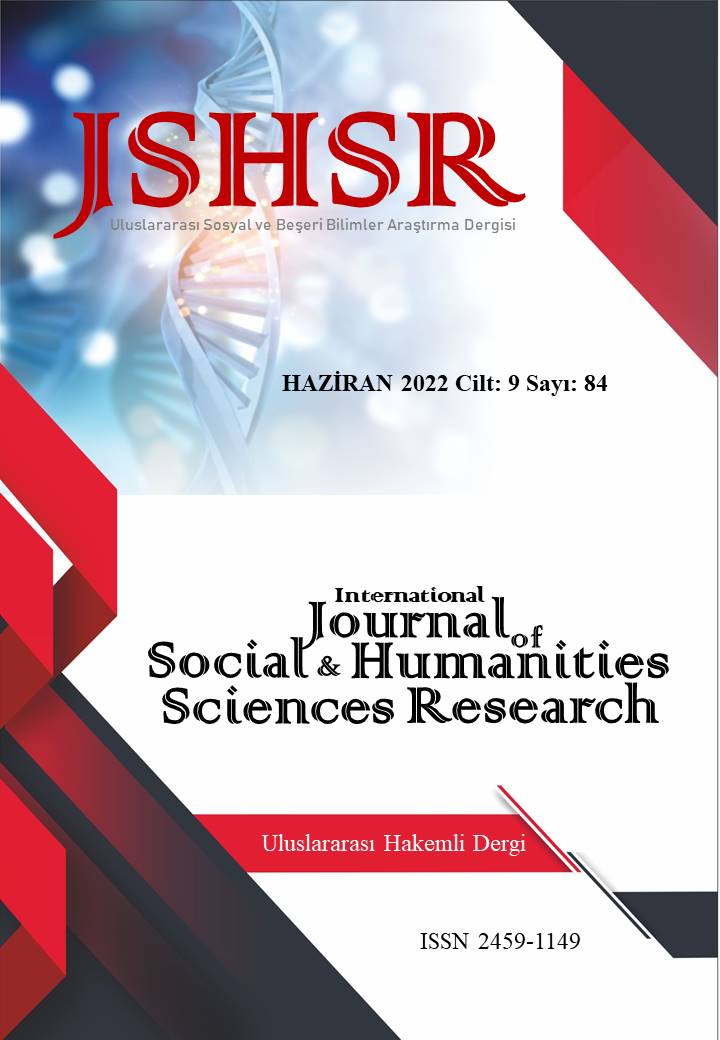SOME CHARACTERISTICS COMING TO THE FORE IN THE DEMOGRAPHIC STRUCTURE OF TURKEY IN THE 1990s
DOI:
https://doi.org/10.26450/jshsr.3114Keywords:
Population, Migration, Urbanization, Demographic StructureAbstract
It was considered that the rate of urbanization should be reduced by emphasizing the principles of qualified and healthy life in terms of population policies in the 1990-1994 period. On the one hand, it was envisaged between 1996 and 2000 to slow down the internal migration movement towards cities with a population of more than one million, on the other hand, urban aesthetics and art activities were also emphasized. In this period, the population growth rate did not occur at the same rate throughout the country, although it increased in the west and especially in the coastal areas, it decreased in the east increasing the contrasts in the population distribution. The increasing population growth in cities and towns resulted in 2/3 of the country’s population living in urban settlements. The most significant development in terms of the urban population in Turkey was the events in Eastern and Southeastern Anatolia emerging in the last decade of the 20th century. Terrorist movements in these geographical areas had social and economic consequences as well as the detachment of the people of the region from the countryside, the uncontrolled growth of cities and towns with the migration caused unprecedented urbanism problems. When the measures were planned to be taken to reduce the high infant mortality rates that did not match the social and economic development level of Turkey between 1990-1994, increasing the quality of family planning and maternal and child health services and giving priority to those who could not benefit from these services as well as ensuring that these services are accessible and sustainable. On the other hand, it was reported that rapid population growth hindered economic development in the 1996-2000 period regressing sustainable development targets, shadowing individual welfare by reducing the share of national income, and increasing the basic needs such as education, health, infrastructure, and housing.
Downloads
Published
How to Cite
Issue
Section
License
Copyright (c) 2022 INTERNATIONAL JOURNAL OF SOCIAL HUMANITIES SCIENCES RESEARCH

This work is licensed under a Creative Commons Attribution 4.0 International License.


